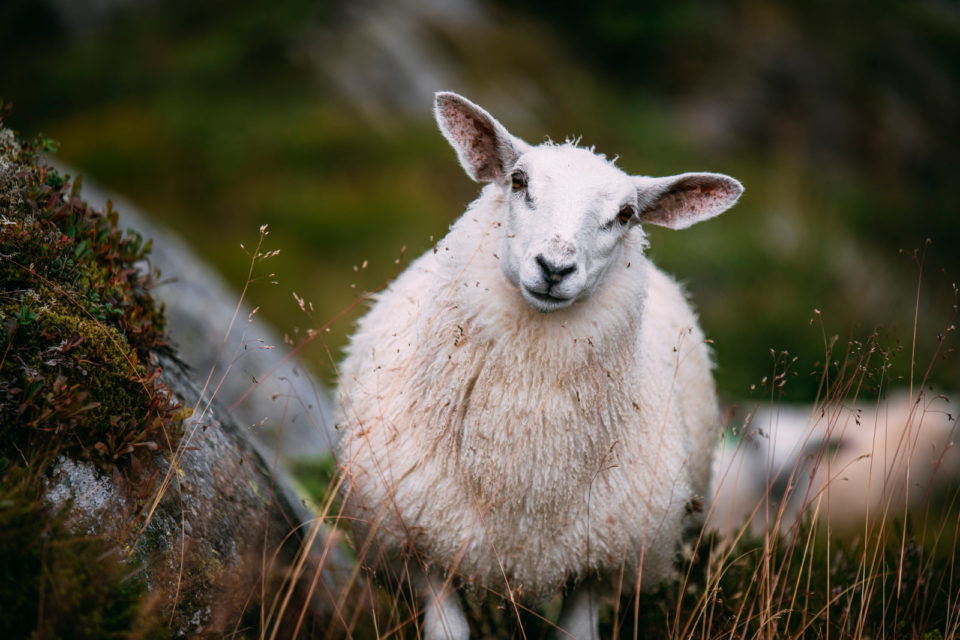Norwegian wool is especially known for good resilience, durability and shine. The resilience is noted by the fact that the wool has a good ability to regain shape and volume after being squeezed together. It bounces back, and it is especially important in Clothing and TextileFabric.
As Norwegians are very envoirementally aware, the Norwegian wool is a sustainable and environmentally friendly choice. The wool comes from sheep that walk in mountain pastures and the cold weather isnt a parasite friendly place.
Sheep farming in Norway is a good resource utilization and is helps to maintain the beautiful cultural landscape Norway is so famous for. Only 5% of Norway’s land and 3% area cultivated and therefor alternative natural grazing areas for sheep are important. This means that sheep farming does not compromise cultivated land for food production, but instead helps to maintain cultural landscapes and exploit natural grazing resources.
The Norwegian agriculture is among the cleanest in the world, and the animals among the healthiest internationally. Norwegian sheep farming is based on many small flocks of sheep and the sheep are outside most of the year. There are strict requirements for animal welfare in Norway, which has led to a good cooperation within the industry for the sheeps wellebeing. A cold climate and the landscape of the Norway causes farms to be scattered, contributes to the fact that there is a good distance between the animals, which in turn helps to make them more healthy, and less susceptible to infection.
Local production makes sustainable communities, and Norway has a tradition and cultural heritage with several small-scale spinneries, farm producers and sheepfarmers.
Types of wool
Norwegian wool is not just a variety. There are many different sheep breeds in Norway, where there are several differences in the wool. It can range from soft to glossy and robust. Taking care of older sheep breeds means that Norway has a greater variety of wool yarn to offer. Wool is easy to keep clean and is naturally dirt-repellent and resistant to odors. You don’t have to wash wool garments very often. Wipe off stains right away, and otherwise aeration as a rule is enough.
Wool is a natural fiber (organic) and wool is a 100% renewable material that is biodegradable.
Wool clothing
The most common products made of wool: clothes such as underwear, sweaters, shirts, hats, mittens, shoes, jackets,scarves, blankets, pillows, upholstery, woolen heels and yarn oysters.
Traditionally, Norwegians often wear wool underwear in winter or cold autumn days, highlighting the woollen garments Athletes. On cold days, there is not much that fluffs more than wool. Clothes and blankets made from nature’s own raw materials, without elements of artificial materials and chemicals, warm comfortably well. But in fact, it is not indifferent where the sheep come from.


